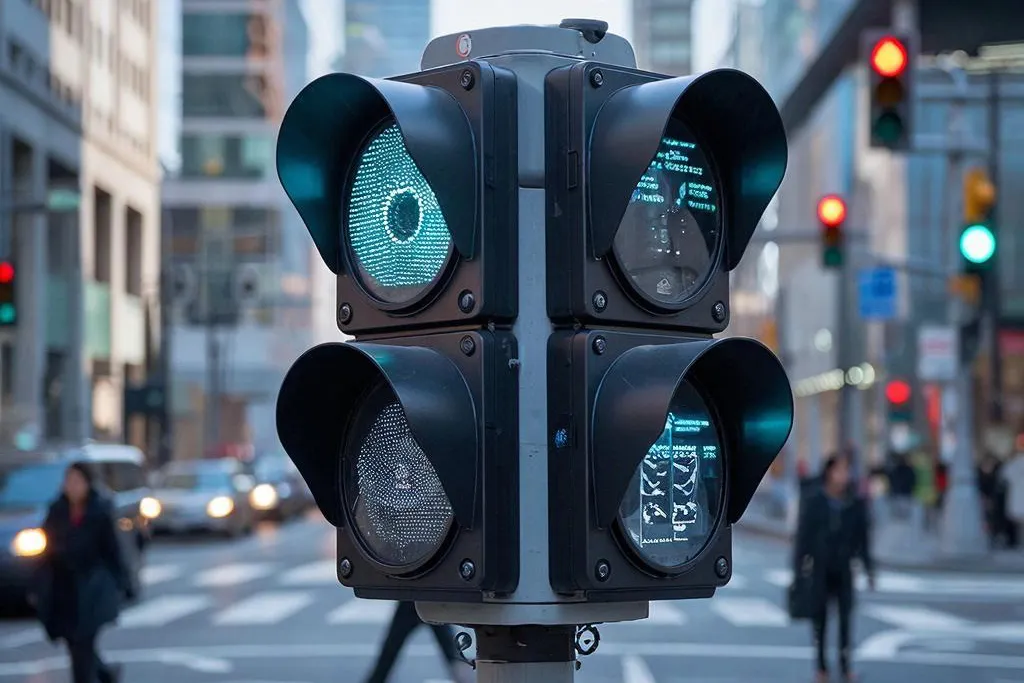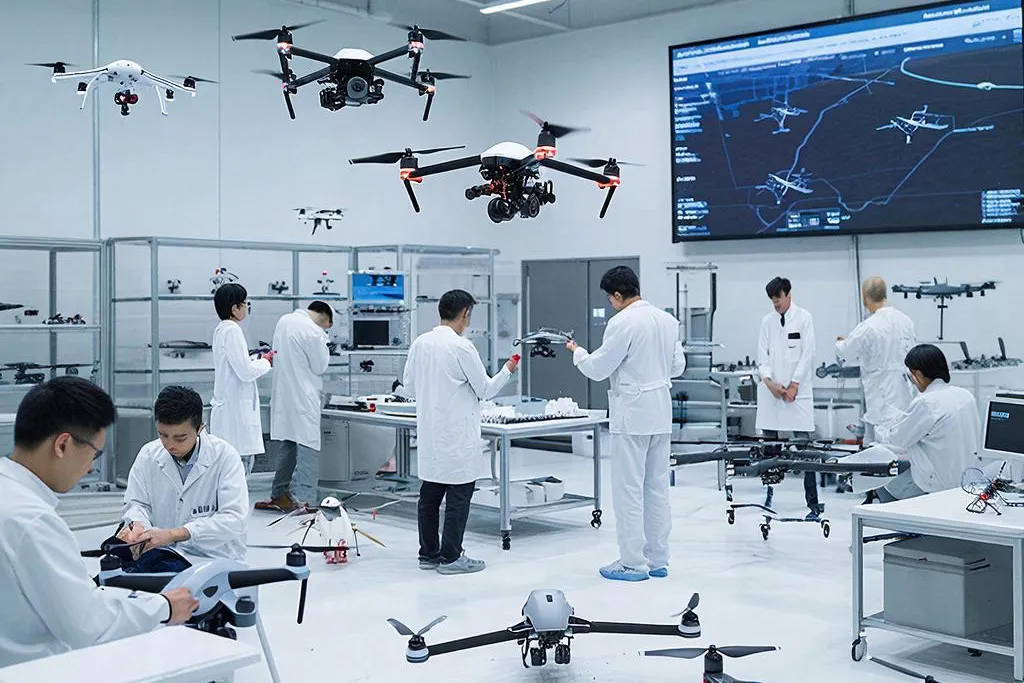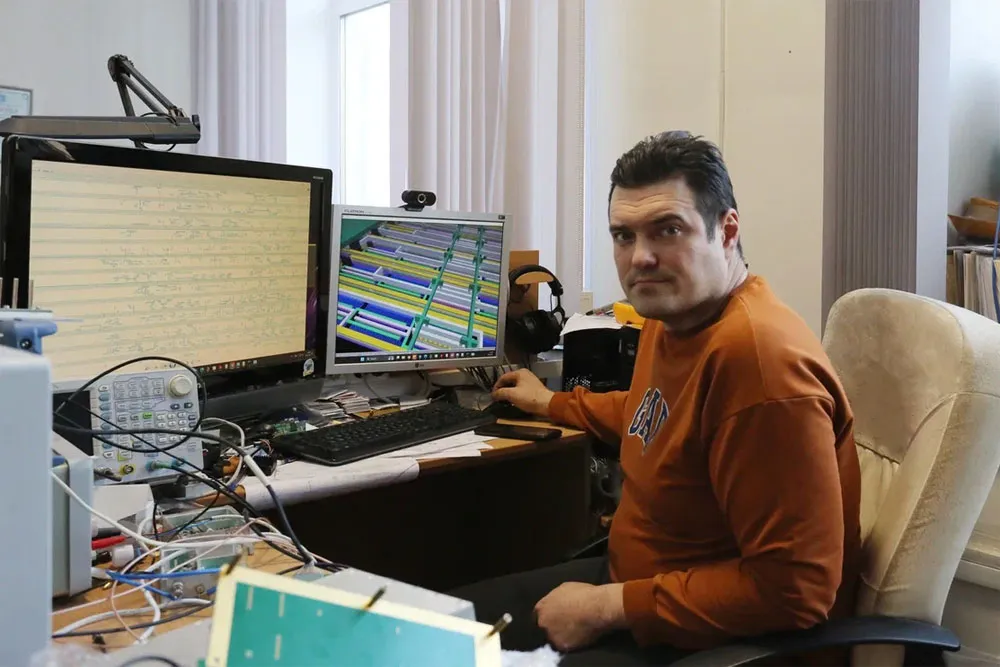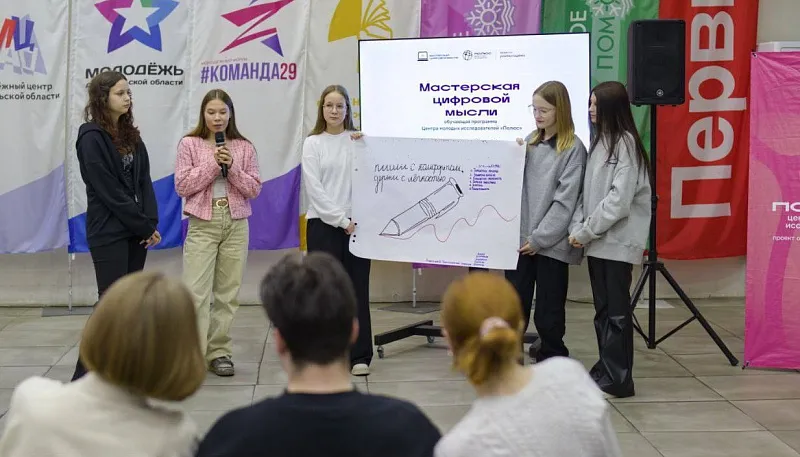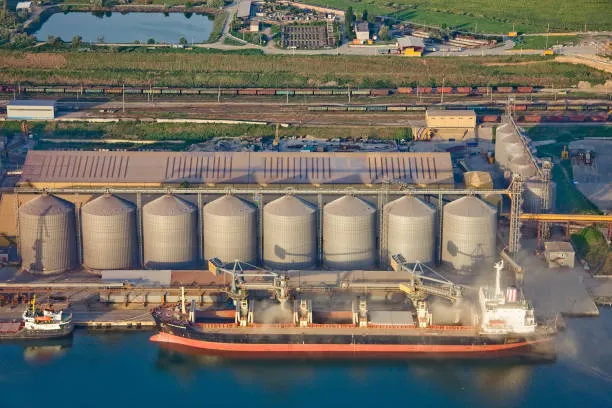Russia Unveils ‘Seamless Digital Sky’ for Next-Gen Airspace Management

Russia is testing an integrated system linking satellites, drones, and ground infrastructure into one digital ecosystem — a move that could reshape how nations monitor and manage the skies.
At the “Archipelago 2025” innovation event in Moscow, Russian developers showcased their “Seamless Digital Sky” project — a set of interconnected services designed to unify space, air, and ground data in real time. The initiative, developed in partnership with GLONASS, the National Technology Initiative Platform, and leading aerospace experts, envisions an environment where every component, from orbit to runway, operates as part of a single network.
In a recent test, a droneport received satellite imagery and dispatched an unmanned aerial vehicle to inspect a specific location. This targeted response means drones will launch only when necessary, cutting redundant flights. All services are managed through a single digital window, streamlining coordination for project participants.
The first six months will serve as a pilot phase. After that, clients will be able to connect and pay only for the services they actually use. The government is backing the effort with up to 35 billion rubles (about $390 million) earmarked for advancements in unmanned aviation and digital infrastructure.
Advocates say the “Seamless Digital Sky” could be a major step toward a fully integrated monitoring and control system for air and space traffic. The approach promises greater flight safety, smarter resource allocation, and a foundation for new aviation and transport services. By rolling out such technologies, Russia aims to strengthen its position as a leader in airspace digitization — and signal its readiness to build the infrastructure of tomorrow.









